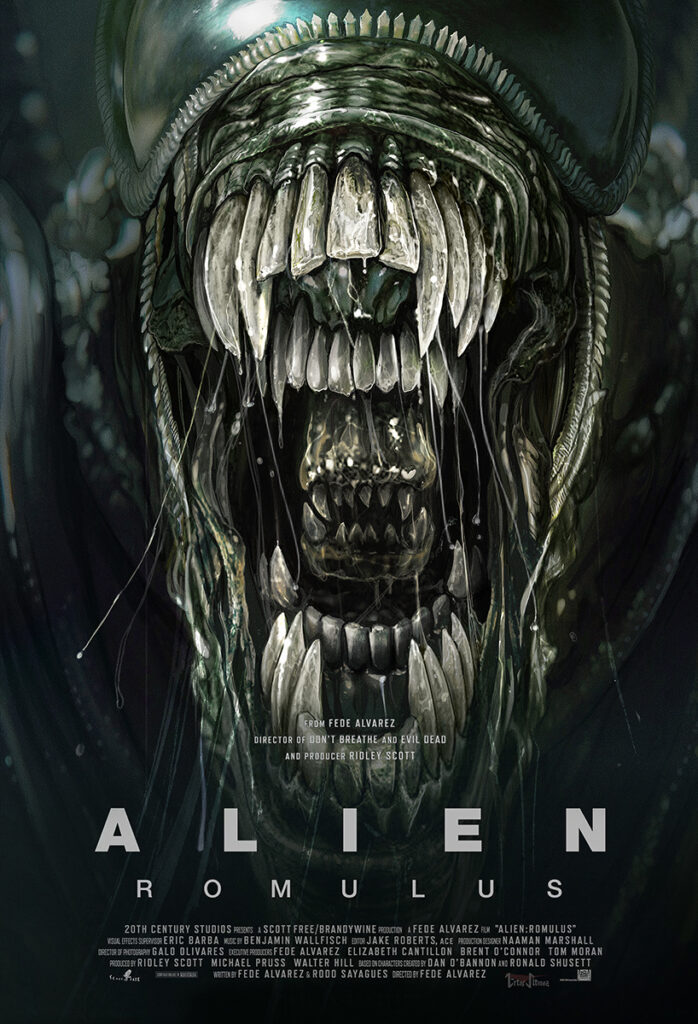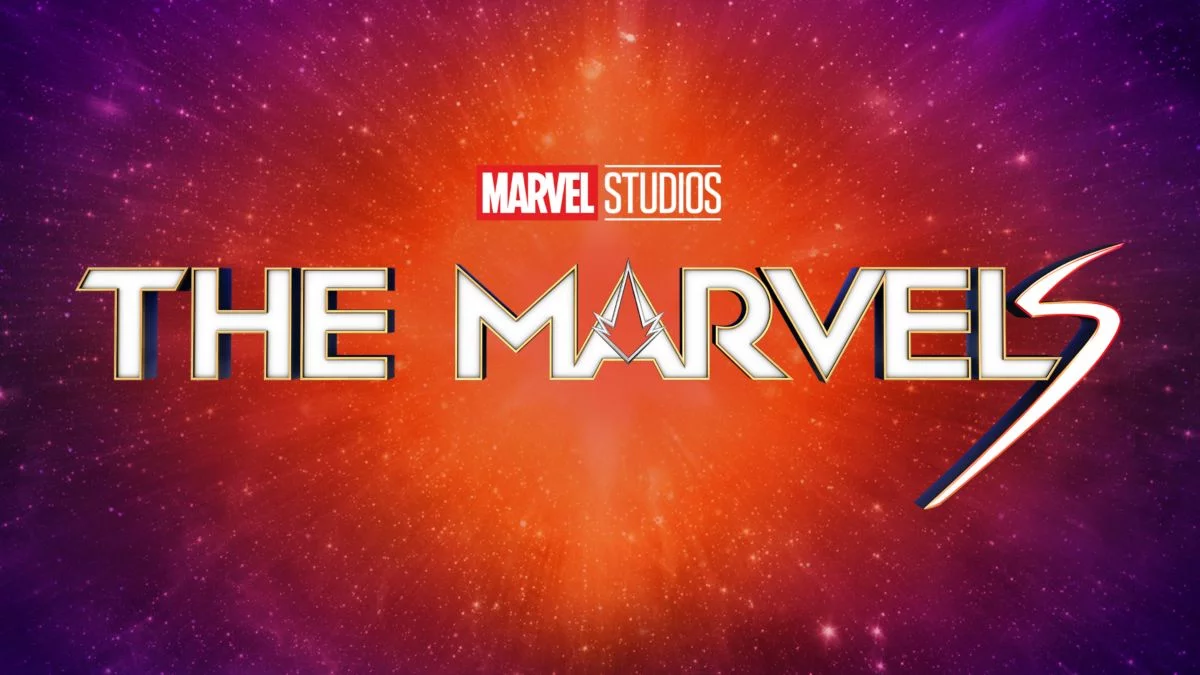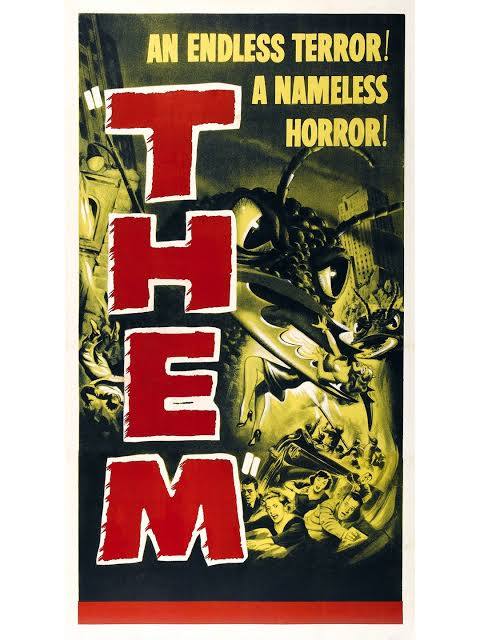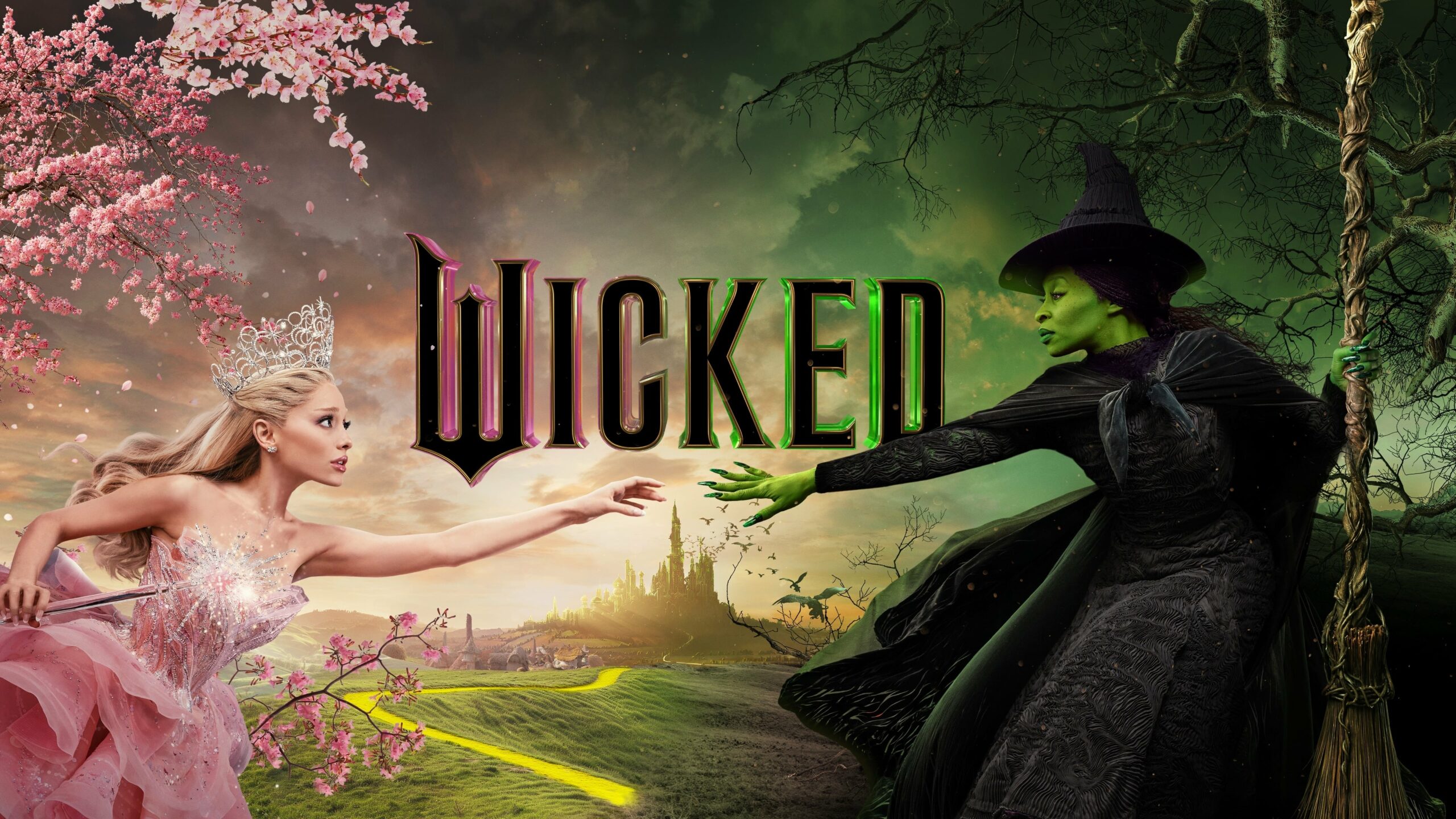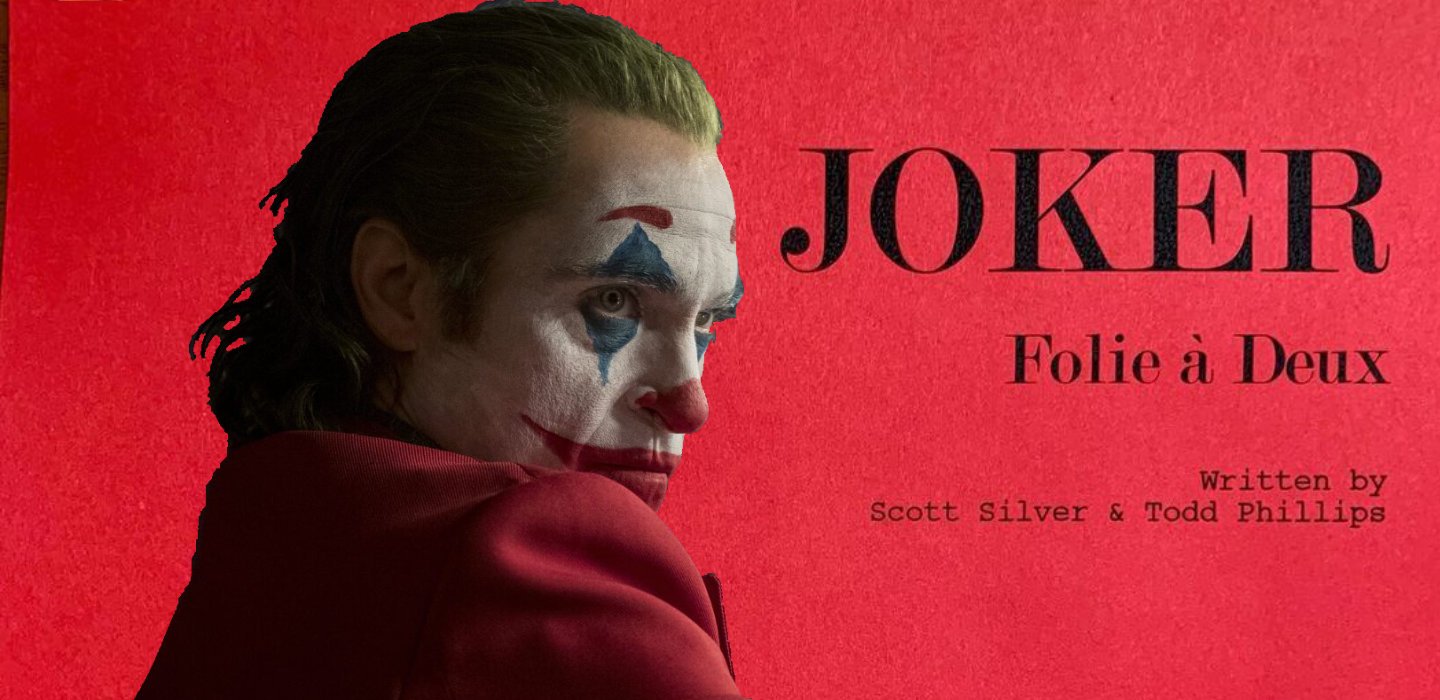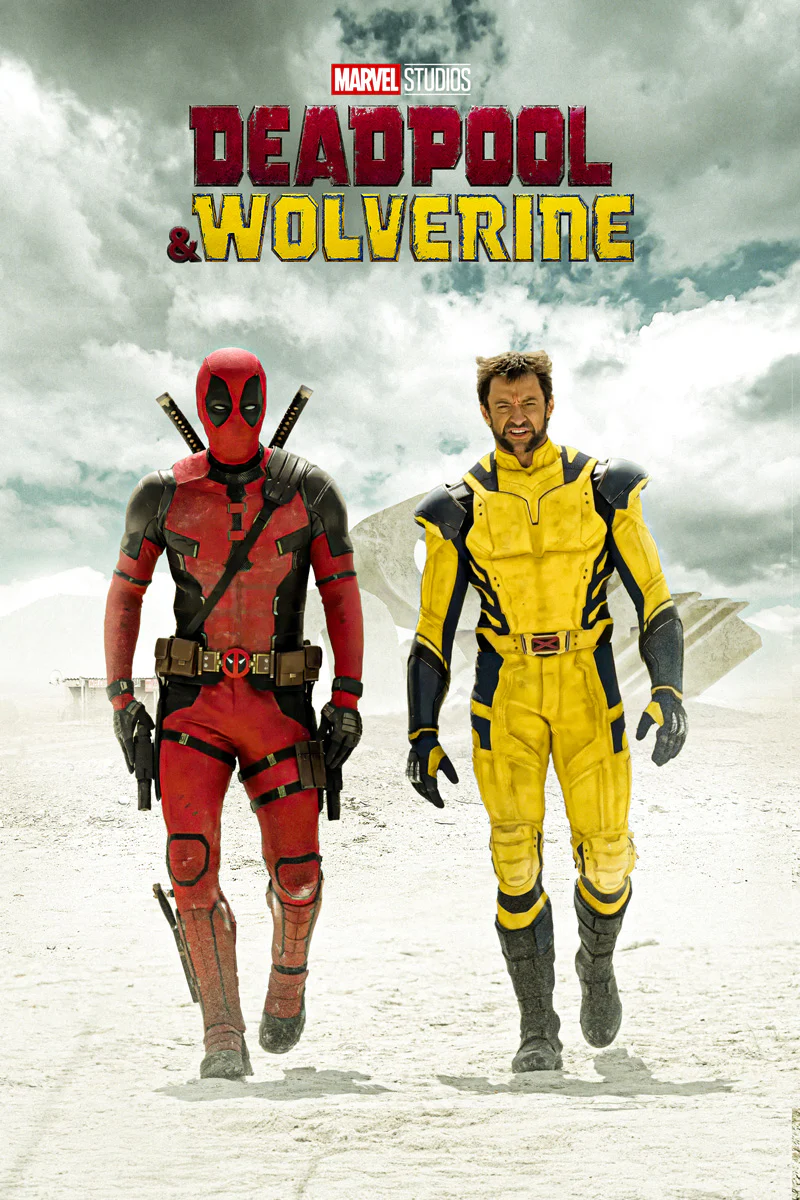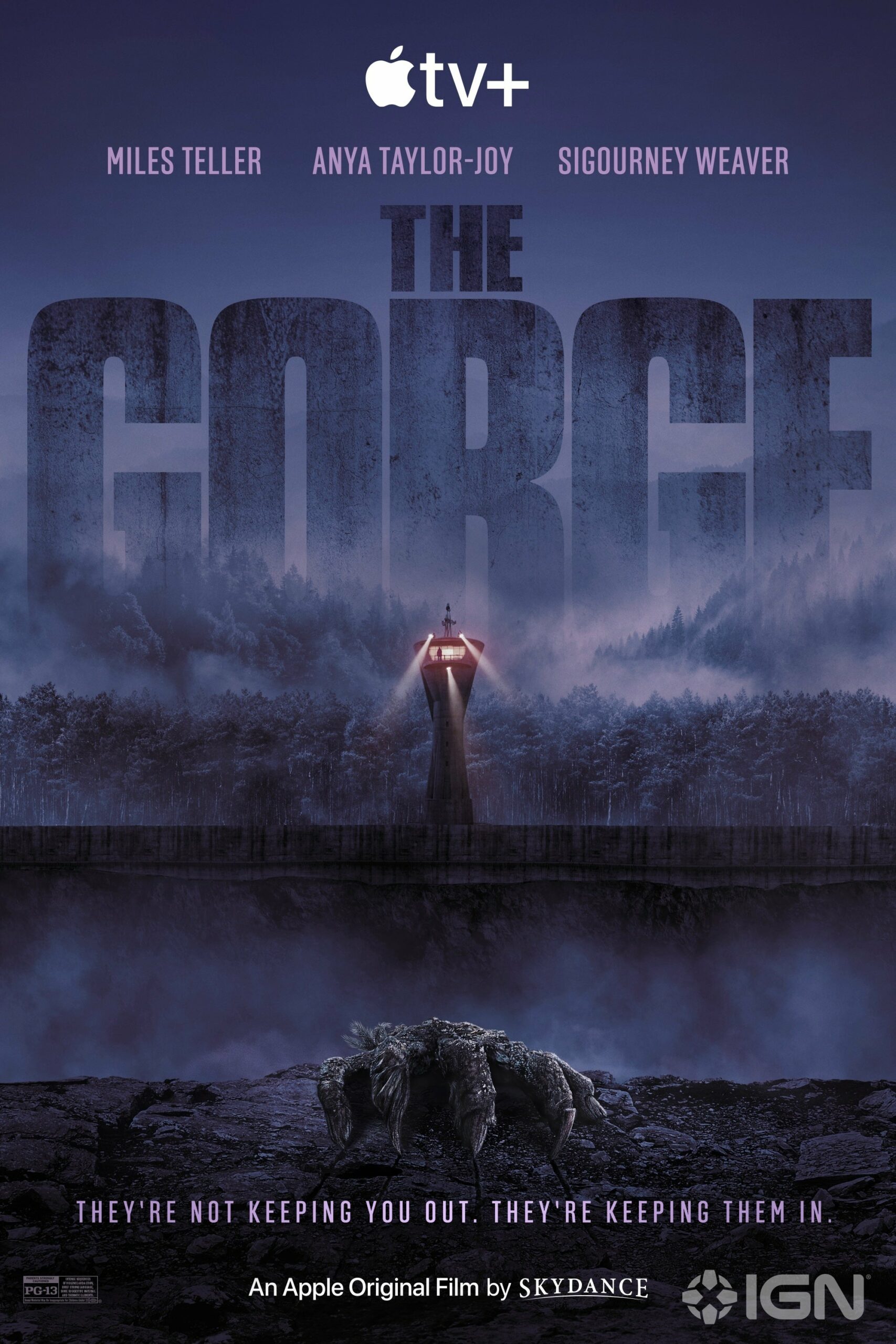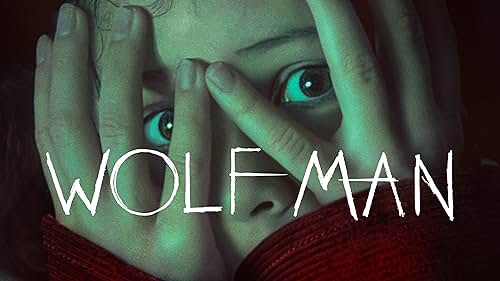
Latest Critic Reviews
Latest User Reviews
Critic Reviews
Details
Summary
Alien: Romulus blew me away with its incredible fusion of tension, design, and sound. Fede Álvarez crafted an environment where every inch of the set feels like it’s closing in on you. The ship’s design—narrow corridors, dim lighting, and an industrial aesthetic—created a tangible sense of claustrophobia, making you feel like you were trapped right there with the characters. The decision to stick to a more retro, practical set design gave the film that gritty, lived-in feel that made the original Alien such a classic.
But let’s talk about the music. The score didn’t just accompany the film—it was a force in itself. The orchestral arrangement felt like a symphony of terror, rising and falling in perfect harmony with the action. Moments of eerie silence were punctuated by sharp, unsettling strings, keeping you on edge. It wasn’t just background noise; the music was a central player in building the suspense. Every footstep, every creak of the ship, was amplified, making the film’s atmosphere suffocating in the best possible way.
On the acting front, Cailee Spaeny was phenomenal. She’s got this raw, determined energy that pulls you into her character’s struggle. Her performance was the backbone of the film, much like Ripley in the original Alien. Then there’s David Jonsson as Alan, whose character arc was unpredictable and full of twists. He starts off as a mysterious, almost passive character, but after a critical upgrade, his role shifts dramatically. The layers of complexity he brings make Alan one of the most intriguing characters in the film—constantly keeping you guessing about his true motives.
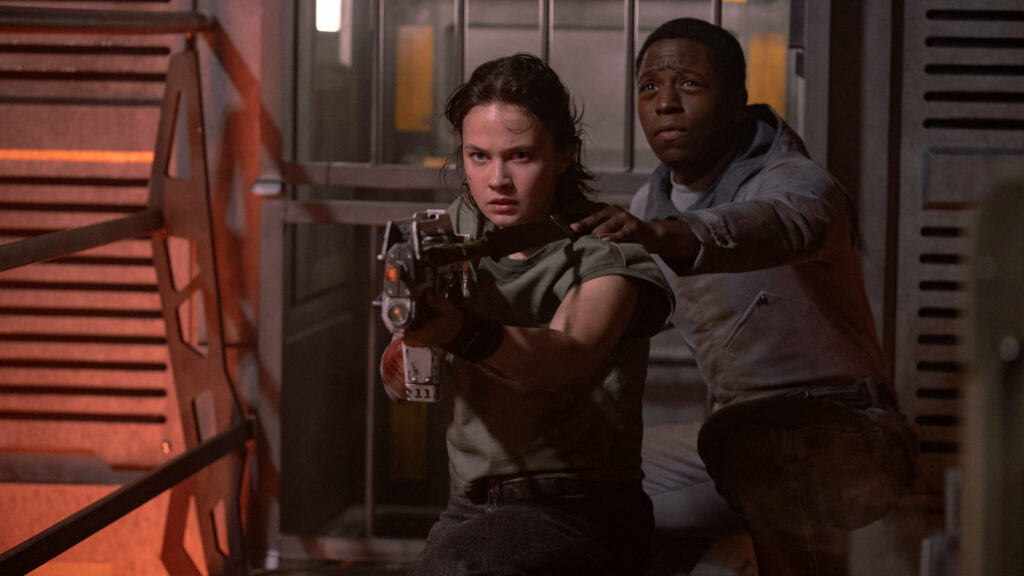
The creature design was a standout. There’s this new, nightmarish creature that looks eerily human—a disturbing evolution of the xenomorphs and possibly linked to the Engineers from Prometheus. The practical effects here are fantastic, adding to the gritty, tactile feel of the film. You can tell that every aspect of the creature, from its movements to its chilling design, was crafted with care to deliver maximum terror.
The pacing of the film was relentless. Romulus doesn’t give you time to breathe. From the moment the xenomorphs appear, it’s a race against time, with the crew fighting not only for survival but to escape before their ship crashes into an asteroid belt. The action sequences are intense, but they never lose sight of the film’s core horror elements. Even during the high-octane moments, Álvarez keeps the tension tight, and the claustrophobia palpable.
And we can’t ignore the nods to H.R. Giger’s original designs. The bio-mechanical aesthetic is back in full force, but Álvarez pushes it further with new twists that honor the franchise while bringing fresh terror to the screen. The final creature showdown—this eerie, human-like monster—is something I won’t forget anytime soon.
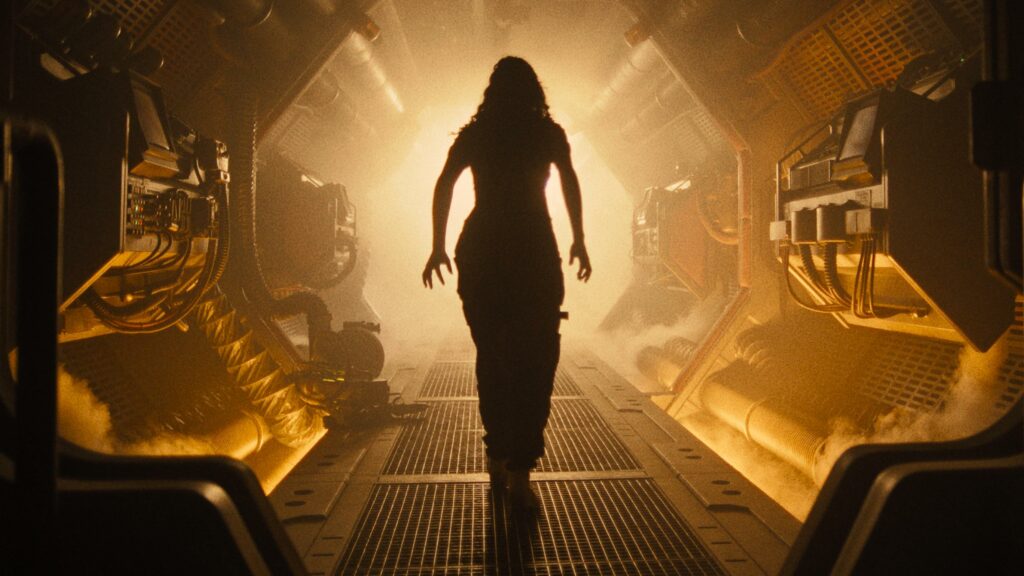
Overall, Alien: Romulus takes everything that made the original Alien a classic and amps it up for a new generation. The combination of tight, claustrophobic set design, masterful sound, and a haunting score makes it one of the most terrifying entries in the series. It’s a film that will stick with you, haunting your thoughts long after the credits roll.
Related Movies
Related News


